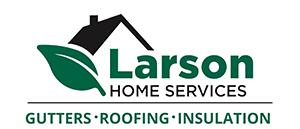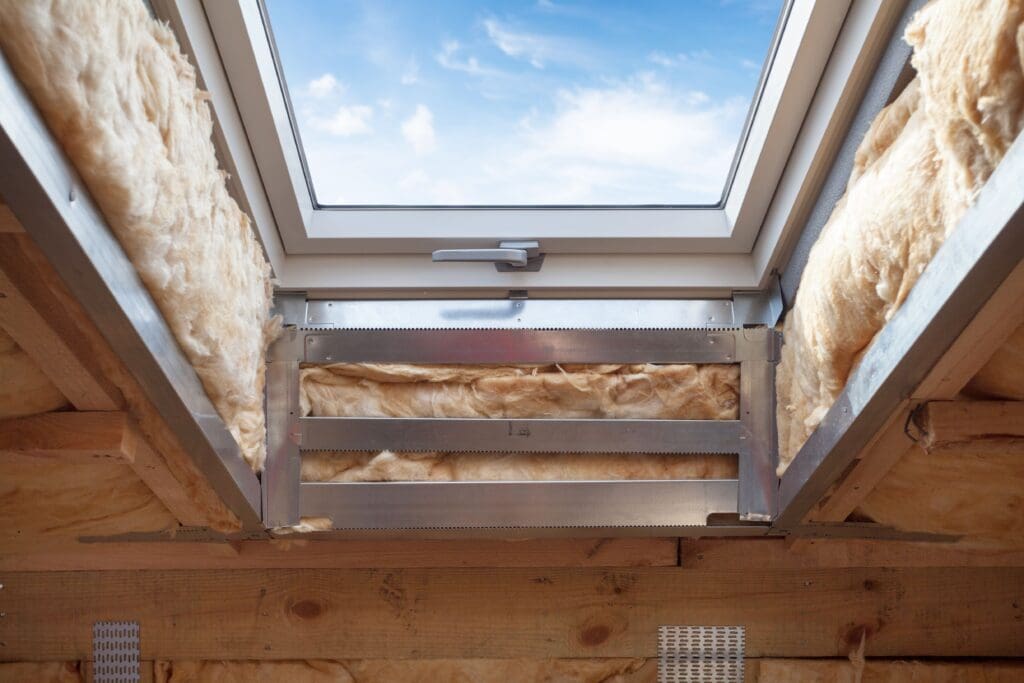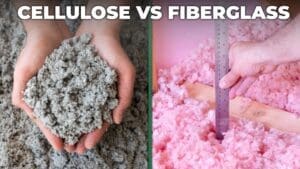A well-insulated roof and attic is one of the key components to having an efficient and comfortable home. Finding the right company to either upgrade the current insulation or install new insulation can be a tedious task that’s easy to put on the back burner. The reality is that neglecting this aspect of your home will leave the household yearning for proper insulation.
So, what are the best types of insulation for your roof and attic in 2024? Larson Home Services is here to break that question down for you by exploring the many types of available insulation options and their benefits. By choosing Larson as your home insulation provider, home comfort will be back in no time.
Table of Contents
Why Insulate Your Roof and Attic?
An insulated roof and attic provide much more than just home comfort. Insulated roofs and attics also provide homeowners with these noteworthy benefits:
Lower Energy Bills
A well-insulated roof and attic are going to keep your home warmer during the winter and cooler during the summer. This makes insulation of higher importance for homeowners as insulation provides comfort all year long. This makes for lower energy bills, which no homeowner will complain about.
Sound Control
Insulation also acts as another layer to help with sound control. Insulation absorbs various sounds transmitted through the home’s walls and floors. With sound-control insulation, your home will be much quieter. Even insulation in minor rooms throughout the house will make a difference.
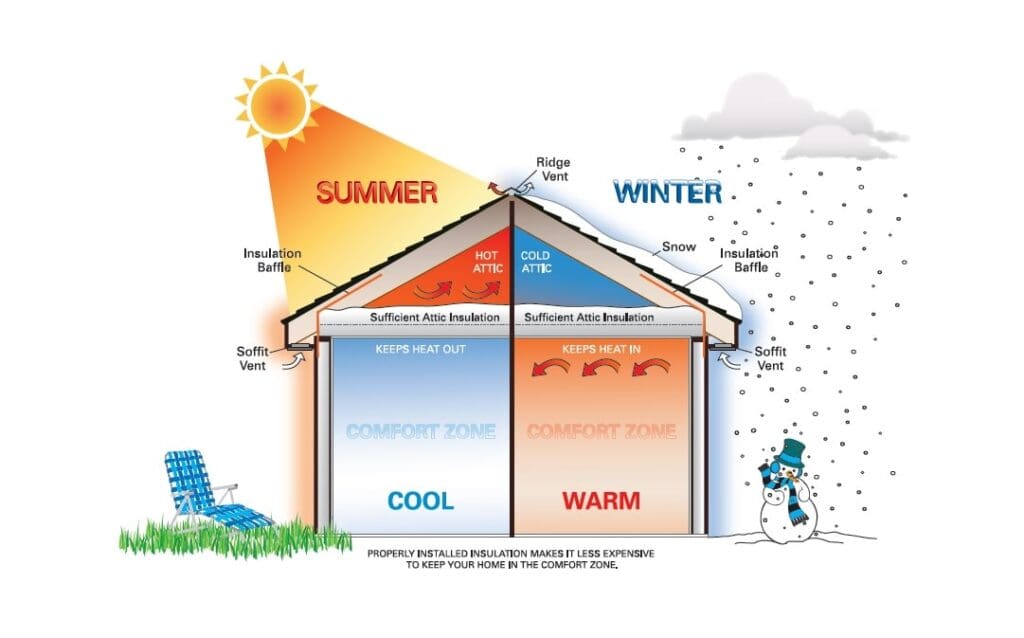
Increased Energy Efficiency
One of the biggest benefits of insulation is increased energy efficiency. Effectiveness can be furthered by making sure there are no cracks, openings, or leakages to provide an opportunity for wasted energy. Use sealants and caulk to fill these areas and enjoy a home with improved energy efficiency.
Moisture Control
An array of everyday activities adds moisture to the air in the form of water vapors. These vapors can be trapped inside walls and turn into mold and mildew growth. Mold and mildew growth can damage your home and create health concerns for the household. Insulation creates an extra layer between these vapors and the home’s structure, decreasing the odds of mold and mildew growth.
Conserve Water
By adding pipe insulation, the water inside the pipes experiences less heat loss and an increased temperature of 2 to 4 degrees. Now, you can lower your home’s water temperature and you won’t have to wait as long for hot water from faucets and shower heads. Because of this, you’ll waste less water.
Types of Roof and Attic Insulation
So, what types of roof and attic insulation are available to you? Larson Home Services has eight types of insulation for your roof and attic to bring the comfort of your home up a notch and reap the benefits listed above.
Fiberglass Batt Insulation
Fiberglass batt is a popular type of insulation in residential and commercial spaces and is made from tightly woven glass fibers. This material allows for effective thermal and acoustic insulation. It also is a perfect option for framed cavities and is easy to install between rafters, joists, and studs. Fiberglass batt insulation typically costs between $1 to $1.50 per square foot.
Fiberglass batt insulation conveniently comes in pre-cut pieces and is relatively inexpensive compared to other insulation options. Fiberglass batt insulation is also
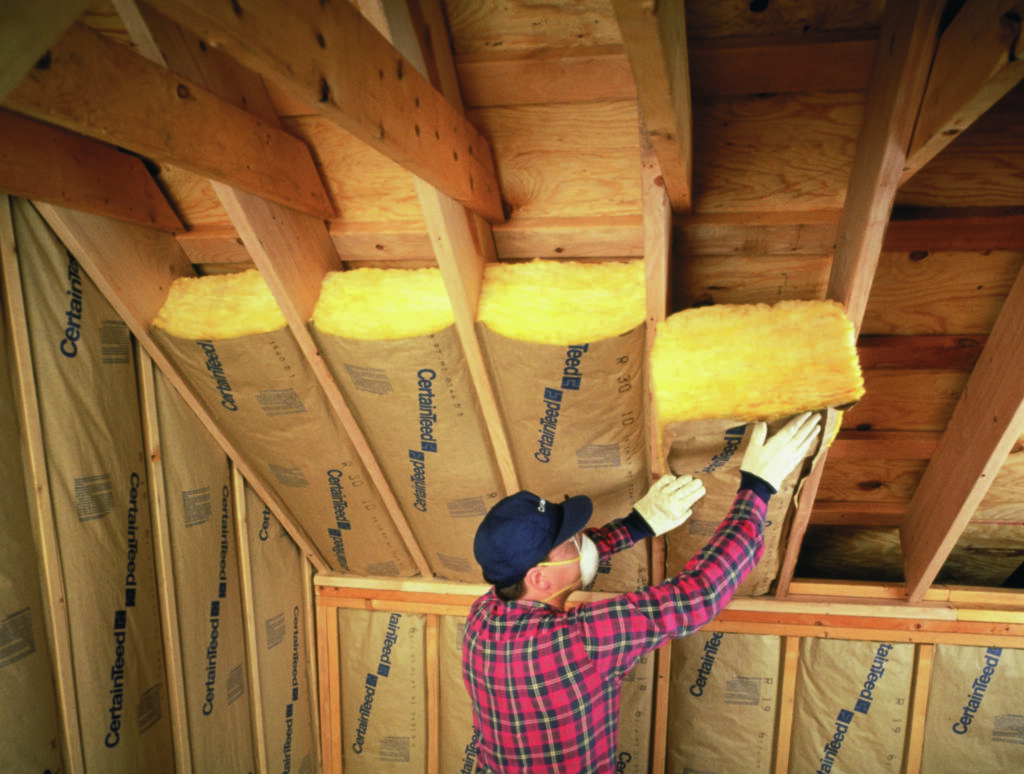
fire-resistant, easily recyclable, and provides great moisture resistance, making it ideal for roofs and attics. In terms of cons, precautions during installation are needed to avoid potential eye and skin irritation from loose fibers.
Polyisocyanurate (Polyiso) Insulation
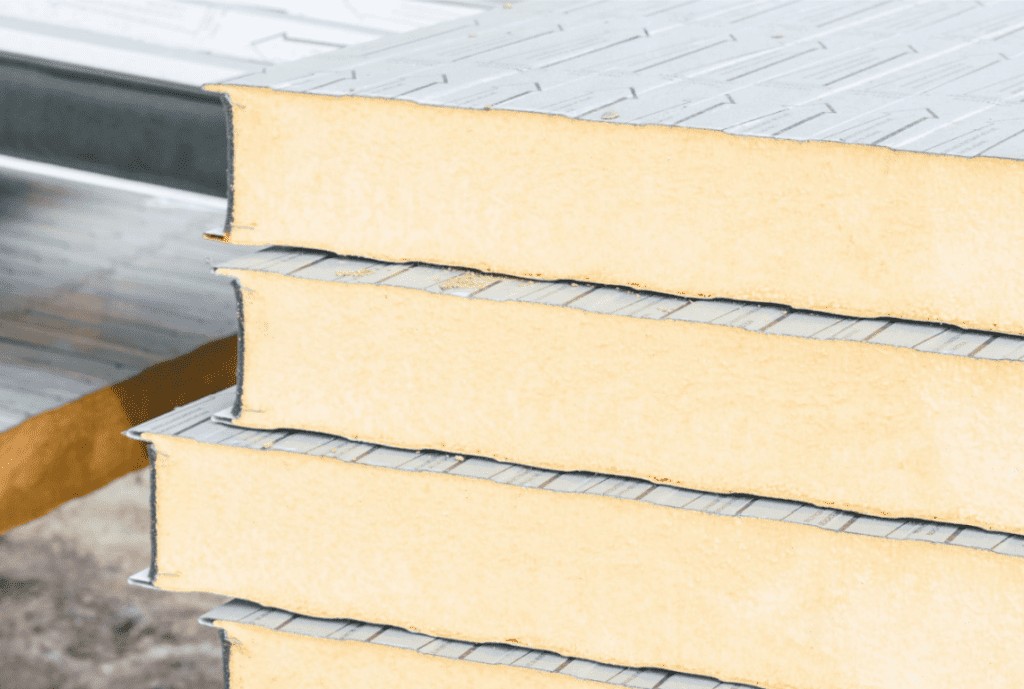
Polyisocyanurate insulation comes in the form of thick boards of thermal material that are highly effective. This type of insulation material is commonly used in construction projects and is offered in several different thickness options to eliminate thermal bridges. Polyisocyanurate insulation ranges from $0.65 to $0.85 per square foot, making it another inexpensive choice.
Polyisocyanurate insulation is known for its adaptability and is faced with foil for enhanced and efficient
performance. Polyisocyanurate insulation is ideally used in roofs and attics because of its compressive strength, resistance to rot, and ease of handling during installation. Polyisocyanurate insulation also has a high R-value, perfect for limited insulation spaces such as roofs and attics.
Expanded Polystyrene (EPS)
Expanded polystyrene is a type of insulation made up of a lightweight and rigid foam material that is commonly used in construction and packaging. Made up of solid polystyrene beads, it’s recyclable and 98% air. Expanded Polystyrene is typically priced within the range of $0.40 and $1.20.
Expanded Polystyrene has great insulation properties and has an R-vale of R-3.9 to R-4.4 per inch. This insulation is applied to floors, walls, and roofs because of its durability, corrosion resistance, and being a cost-effective solution.
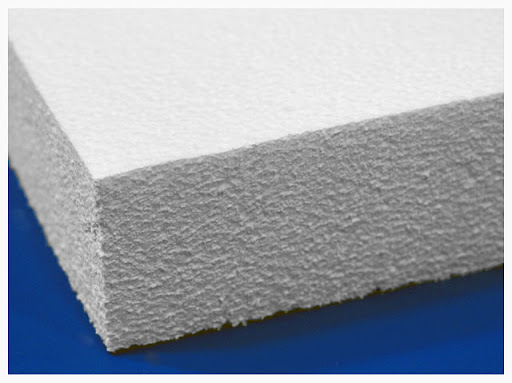
Spray Foam Insulation
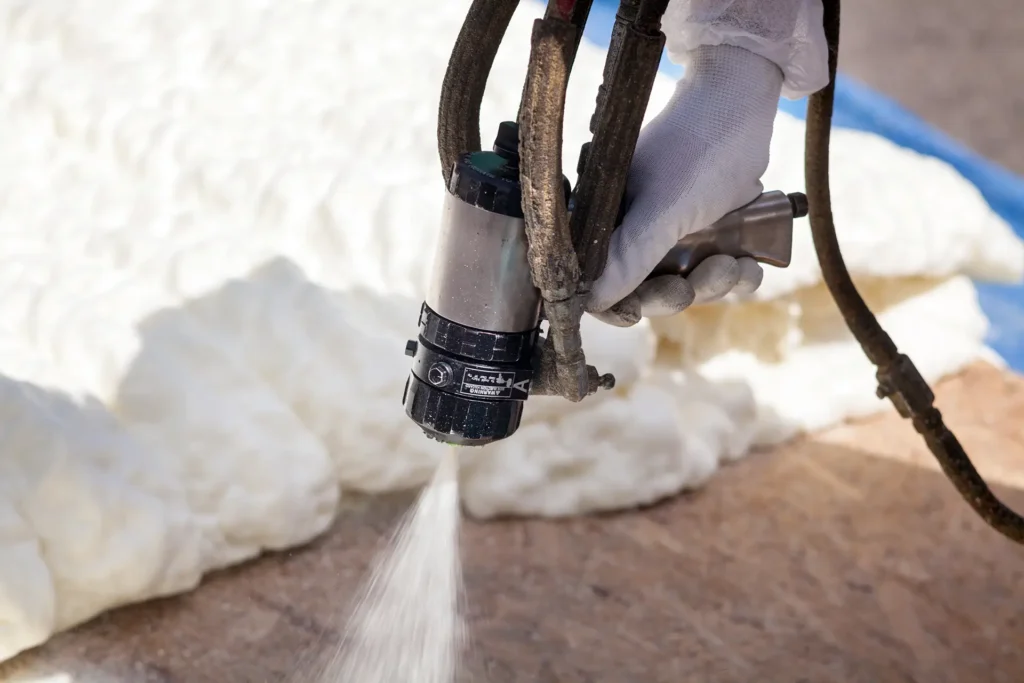
Spray foam insulation is found in two different types: closed-cell and open-cell. Closed cells are dense, have higher R-values, and are good at preventing heat transfer and water damage, while open-cell offers more flexibility and are great for sound insulation but are less dense. Both varieties excel when it comes to air sealing and preventing water infiltration. In terms of pricing, spray foam insulation falls in the range of $1 to $2 per square foot.
Spray foam insulation offers superior versatility and sealing properties, allowing it to be applied to numerous spaces and oddly shaped areas like roofs and attics. Spray foam insulation is usually applied in liquid form and expands into solid foam.
Reflective Foil Insulation
Reflective foil insulation is made up of layers of reflective aluminum foil, thermo-foam, and polypropylene to help reflect heat, capture air, and maintain temperatures. Reflective foil insulation is light, easy to install, and works great for roofs. The price range for reflective foil insulation is between $0.25 to $2 per square foot.
Reflective foil insulation comes in different sizes and thicknesses and can fit between rafters and joists. Alongside maintaining temperatures year-round, this type of insulation meets building regulations and standards for performance and quality.
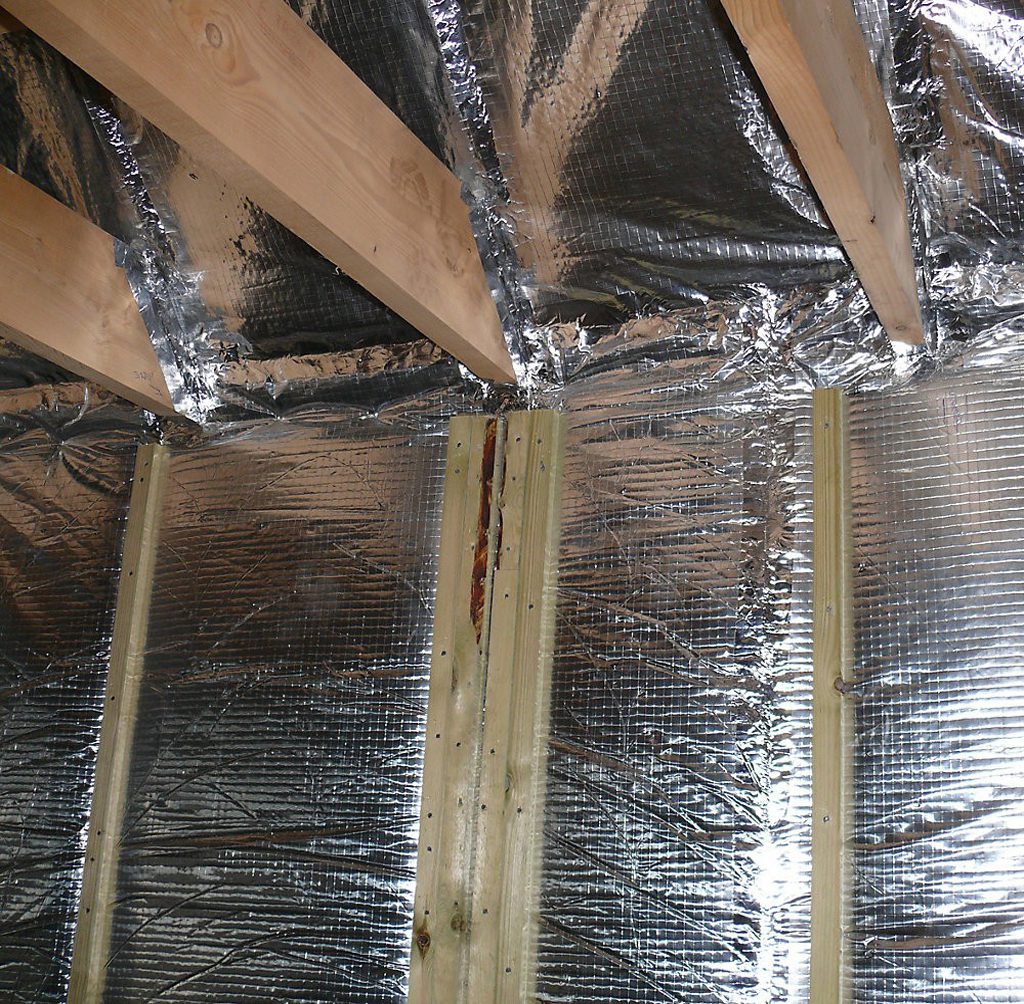
Perlite Cover Boards
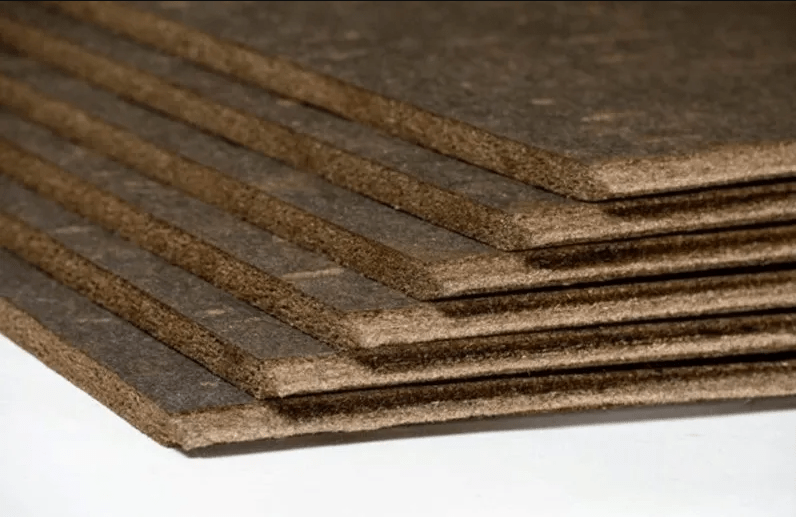
Perlite cover boards are made from expanded perlite ore, cellulose fibers, and other materials. Perlite cover boards are known for their fire and moisture resistance while regulating temperature and shielding buildings from extreme thermal fluctuations. This makes perlite cover boards perfect for roofing systems and costs anywhere from $1.20 to $9.60 per inch.
Perlite cover boards have a porous structure, which boosts their thermal insulation properties. Ideal for
roofing applications like low slopes and flat roofing, perlite cover boards are lightweight, durable, and environmentally friendly. In the end, offering improved energy efficiency and superior strength and insulation.
Blown-In Insulation
Blown-in insulation is applied to a given space by blowing or pouring loose materials like fiberglass, cellulose, or recycled materials. This style of insulation is commonly used to add another layer of insulation to fill cavities like framing boards and attics. Blown-in insulation costs between $0.50 and $2.50.
The fiberglass variety has non-flammable properties and is less suited for colder climates. The cellulose option, while flammable, has higher durability and works well in colder climates.

Structural Insulated Panels (SIPs)
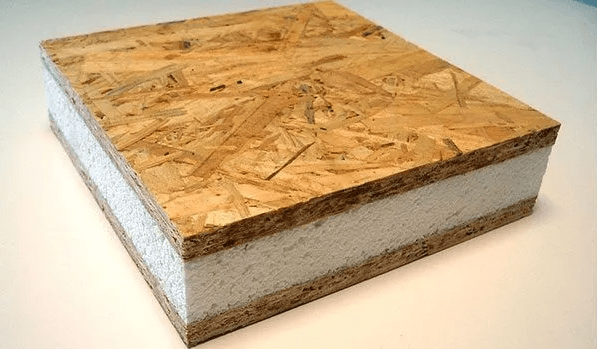
Structural insulated panels feature a piece of foam insulation between two boards to provide exceptional thermal performance, airtightness, and strength, contributing to an energy-efficient and durable building. Structural insulated panels cost between $10 to $18 per square foot, have customizability options, and are used in multiple settings like residential, commercial, and industrial construction. With dimensions of up to 4 feet in width and 24 feet in length, structural insulated panels offer versatility in design and construction as well.
Where Should You Apply Insulation in Your Home?
Certain areas throughout your home tend to be under-insulated or uninsulated, meaning air passes those areas that aren’t able to properly maintain temperatures. For that reason, these areas should be insulated in your home:
- Attic
- Basement
- Crawlspaces
- Exterior walls and floors
- Garage
- Knee walls
Expert Implementation of Roof and Attic Insulation in 2024
For expert implementation of roof and attic insulation in 2024, turn to Larson Home Services. Larson Home Services has earned Angie’s List Super Service Award two times for their dedication to customer service and high-quality work. Contact Larson Home Services today for the best insulation services available in 2024.
